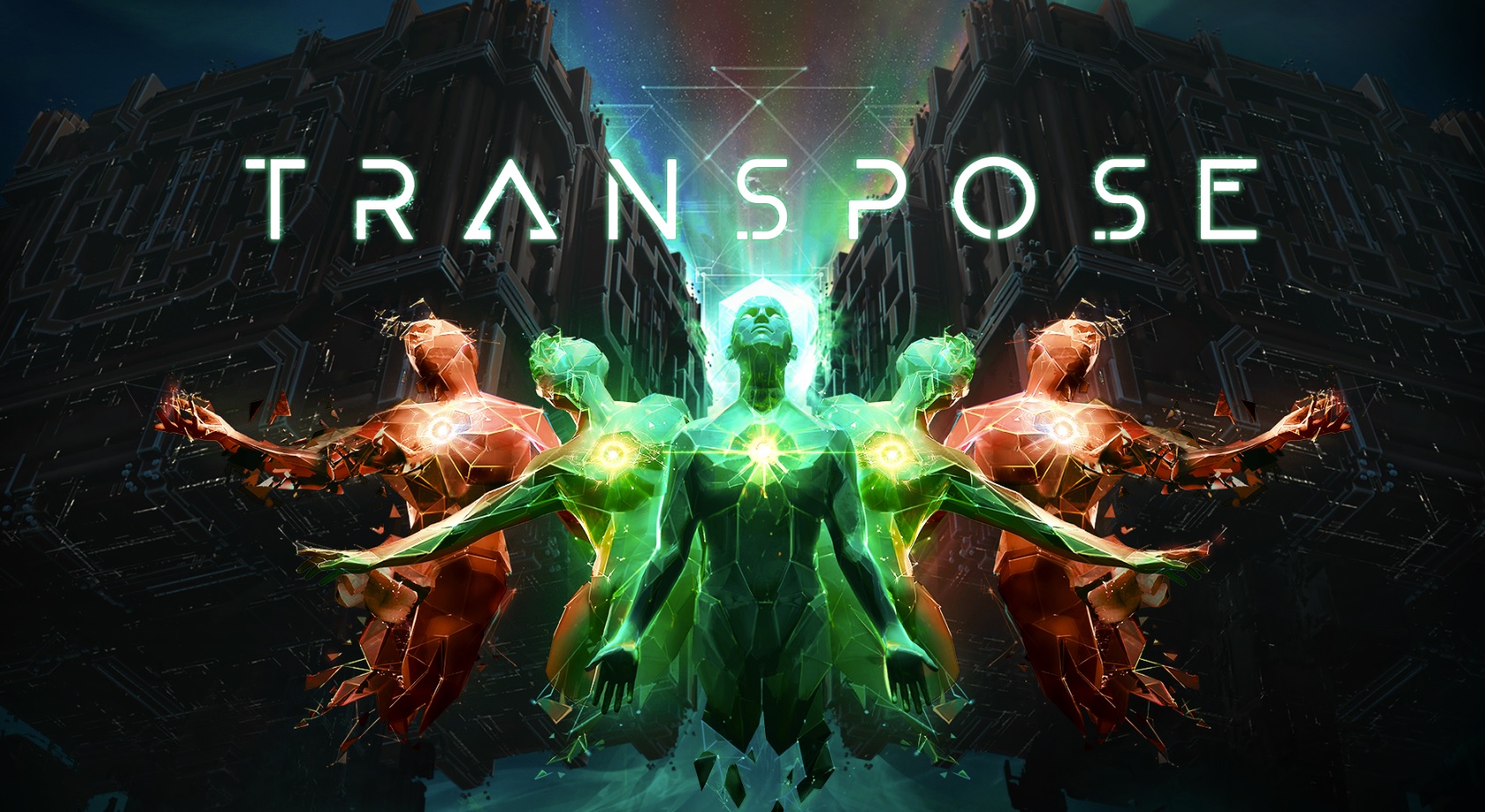Secret Location is unveiling Transpose, a dream-like, gravity defying virtual reality game where you manipulate time back and forth to solve puzzles. The game is set in a surreal world with computer graphics inspired art style.
I tried out the game in a preview recently, and it was interesting to see VR progress from the more obvious games, like shooters, to something more cerebral like a puzzle game, where you have to look at something from different perspectives before you can solve it. It’s part of Toronto-based Secret Location’s plan to become an independent voice in the emerging market of virtual reality.

Unlock premium content and VIP community perks with GB M A X!
Join now to enjoy our free and premium membership perks.
![]()

![]()